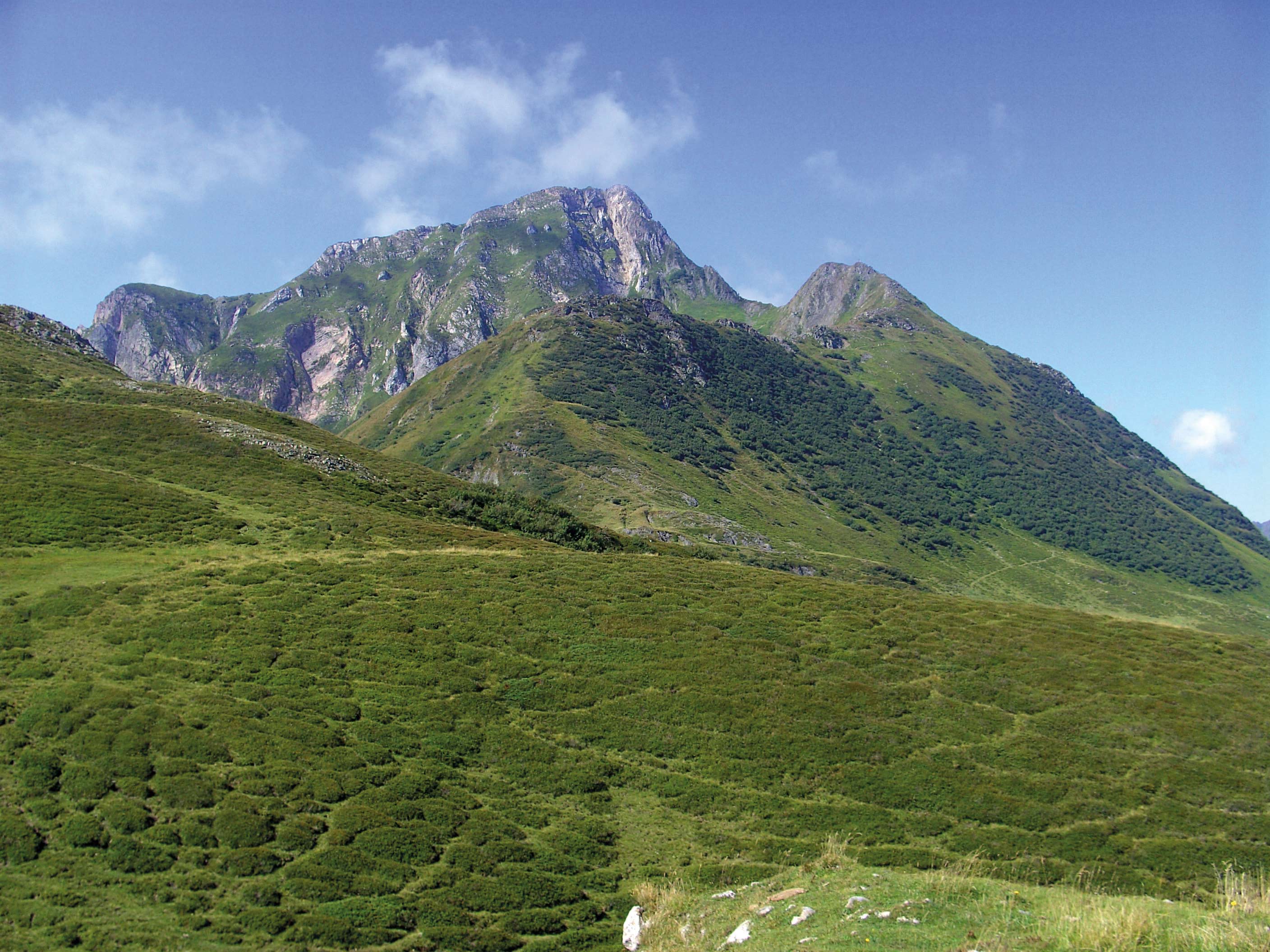This stopping point impressively shows in all directions just what a significant impact the rock has had on the forms of the landscape. To the south-west, the craggy peak of the Hoher Trieb is prominent and towers high above the hilly pastures. It is composed of limestone while the alpine pastures and the Zollner Höhe to the north-west consist of different shales and sandstones. The latter rocks split more easily due to their slate-like structure, and are therefore more susceptible to weathering than compact limestones. Limestone is eroded less quickly and this explains why these high peaks still remain until today. In addition, a glacier covered the alpine pastures during the last Ice Age up to an altitude of approx. 2,000 m. Only the highest peaks, such as the Kleiner and Hoher Trieb, remained uncovered. These ice masses were not stagnant and moved across the Zollner region, carving out the gently rolling landscape approx. 20,000 years ago with their planing effect.
Cerca
Ultimi Post
- The temporary exhibition “The Wonders of the Underworld – Ampezzo, 20th June 2020
- The Geological Museum in Ampezzo opens next Saturday
- The temporary exhibition “Fossil fish from the Friulian Alps” opens again
- Coronavirus Emergency – extraordinary closing
- Presentation conference – book “INSIDE THE CARNIC ALPS” – Udine, 25th June 2019

